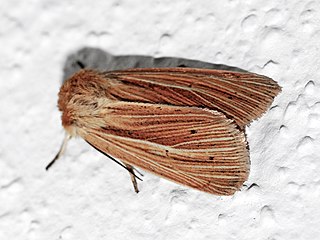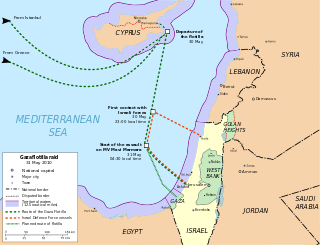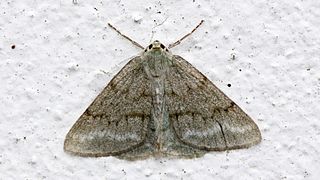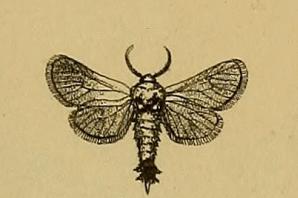
West Asia, also called Western Asia or Southwest Asia, is the westernmost region of Asia. As defined by most academics, UN bodies and other institutions, the subregion consists of Anatolia, the Arabian Peninsula, Iran, Mesopotamia, the Armenian highlands, the Levant, the island of Cyprus, the Sinai Peninsula and the South Caucasus. The region is separated from Africa by the Isthmus of Suez in Egypt, and separated from Europe by the waterways of the Turkish Straits and the watershed of the Greater Caucasus. Central Asia lies to its northeast, while South Asia lies to its east. Twelve seas surround the region (clockwise): the Aegean Sea, the Sea of Marmara, the Black Sea, the Caspian Sea, the Persian Gulf, the Gulf of Oman, the Arabian Sea, the Gulf of Aden, the Red Sea, the Gulf of Aqaba, the Gulf of Suez, and the Mediterranean Sea. West Asia contains the majority of the similarly defined Middle East. The Middle East is a political term that has changed many times depending on political and historical context while West Asia is a geographical term with more consistency. It excludes most of Egypt and the northwestern part of Turkey, and includes the southern part of the Caucasus.

The history of the Jews in Turkey covers the 2400 years that Jews have lived in what is now Turkey.

Saturnia pyri, the giant peacock moth, great peacock moth, giant emperor moth or Viennese emperor, is a Saturniid moth which is native to Europe. The species was first described by Michael Denis and Ignaz Schiffermüller in 1775. It is the largest European moth, with a wingspan reaching 15–20 cm (6–8 in).

The State of Israel and the Republic of Turkey formally established diplomatic relations in March 1949. Less than a year after the Israeli Declaration of Independence, Turkey recognized Israeli sovereignty, making it the world's first Muslim-majority country to do so. Both countries gave high priority to bilateral cooperation in the areas of diplomacy and military/strategic ties, while sharing concerns with respect to the regional instabilities in the Middle East. In recent decades, particularly under Turkey's Erdoğan administration, the two countries' relationship with each other has deteriorated considerably. However, diplomatic ties were reinstated after a normalization initiative in mid-2022. Relations soured again after the 2023 Hamas-led attack on Israel, Turkey condeming Israel and condoning Hamas.

Simyra is a genus of moths of the family Noctuidae. The genus was described by Ochsenheimer in 1816.

Theresimima is a genus of moths. T. ampellophaga, the vine bud moth, is a moth of the family Zygaenidae. It is found from Algeria, Spain and southern France through most of southern Europe to the northern coast of the Black Sea. In the north, it ranges up to Hungary and Slovakia and in the east, the range extends to the southern part of European Russia, the western Caucasus and Transcaucasia, through Turkey, Lebanon and Syria to Israel.
Sideridis implexa is a species of moth of the family Noctuidae. It is found from Morocco to Libya, in Spain and from south-eastern Europe and the Balkans to Turkey, Israel, Lebanon and the Caucasian region.
Hecatera cappa is a species of moth of the family Noctuidae. It is found in Morocco, Algeria, central and south-eastern Europe, Turkey, Transcaucasia, Israel, Lebanon, Jordan, Iran and central Asia.

Mythimna congrua is a species of moth of the family Noctuidae.

Mythimna sicula is a species of moth of the family Noctuidae. It is found from Morocco to Libya, central and southern Europe, Turkey, Israel, Iran and Turkmenistan.
Leucania zeae is a species of moth of the family Noctuidae. It is found in North Africa, southern Europe, Turkey, Israel, Iran, Iraq, Saudi Arabia, central Asia and western China.

Dichagyris candelisequa is a moth of the family Noctuidae. It is found from central Europe and southern Siberia to northern Iran, Afghanistan, Turkey and northern Africa.

Dichagyris melanura is a moth of the family Noctuidae. It is found from south-eastern Europe to Turkey, the Caucasus region, north Iran, Israel, Syria and Jordan.
Chersotis laeta is a moth of the family Noctuidae. It is found in number of isolated populations from Greece to the Caucasus, Turkey, Lebanon, Israel and Syria.

The Gaza flotilla raid was a military operation by Israel against six civilian ships of the "Gaza Freedom Flotilla" on 31 May 2010 in international waters in the Mediterranean Sea. Nine of the flotilla passengers were killed during the raid, with thirty wounded. Ten Israeli soldiers were wounded, one seriously. The exact sequence of events is contested, in part due to the IDF's confiscation of the passengers' photographic evidence. The flotilla, organized by the Free Gaza Movement and the Turkish Foundation for Human Rights and Freedoms and Humanitarian Relief (İHH), was carrying humanitarian aid and construction materials, intending to break the Israeli naval blockade of the Gaza Strip.

Pseudoterpna coronillaria, the Jersey emerald or gorse emerald, is a moth of the family Geometridae. The species was first described by Jacob Hübner in 1796. It is known from Spain, Portugal, the Pyrenees, western and southern France, Corsica, Sardinia, Sicily, Italy, Samos, Rhodes, Turkey, Israel, Lebanon, northern Jordan and North Africa. It has not been reported from mainland Great Britain, but is present on Jersey, where it was previously overlooked as a form of the grass emerald, until 2001 when it was correctly identified.
Pterophorus ischnodactyla is a moth of the family Pterophoridae. It is known from South Africa, Bahrain, Oman, Yemen, Iraq, Israel, Lebanon, Syria, Turkey, Pakistan, Mongolia, Libya, Algeria, Ukraine and southern Europe.

Paranthrene insolita is a moth of the family Sesiidae. It is found in large parts of Europe, Turkey, Iraq, the Levant, Israel and the Palestinian Territories.

Scopula beckeraria is a moth of the family Geometridae. It was described by Julius Lederer in 1853. It is found in Italy, Croatia, North Macedonia, Greece, Bulgaria, Romania, Ukraine, Russia, Turkey, Armenia, Israel, Lebanon, Iran, Turkmenistan and Kazakhstan.

Stygioides colchica is a species of moth of the family Cossidae. It is found in Bulgaria, Greece, the southern part of European Russia, Ukraine, Turkey, Armenia, Lebanon and Israel.












